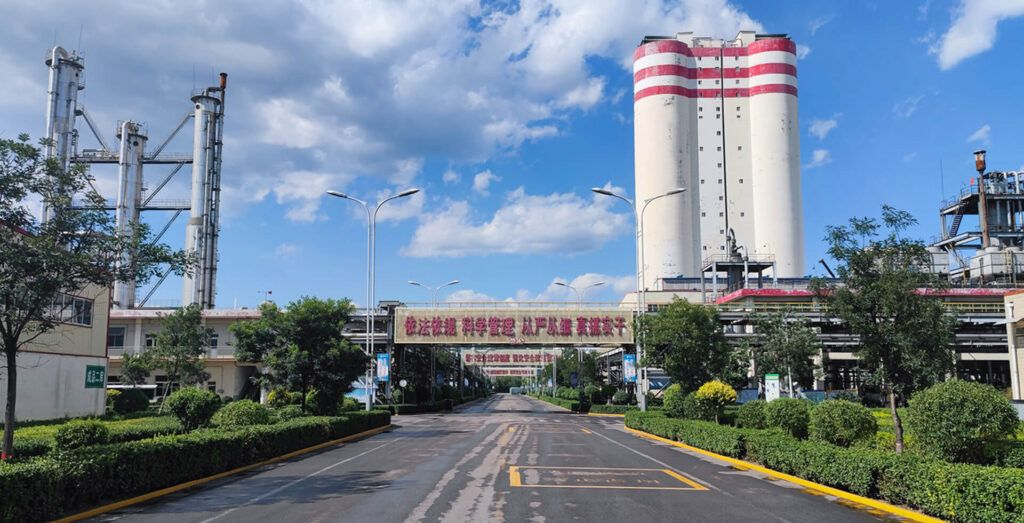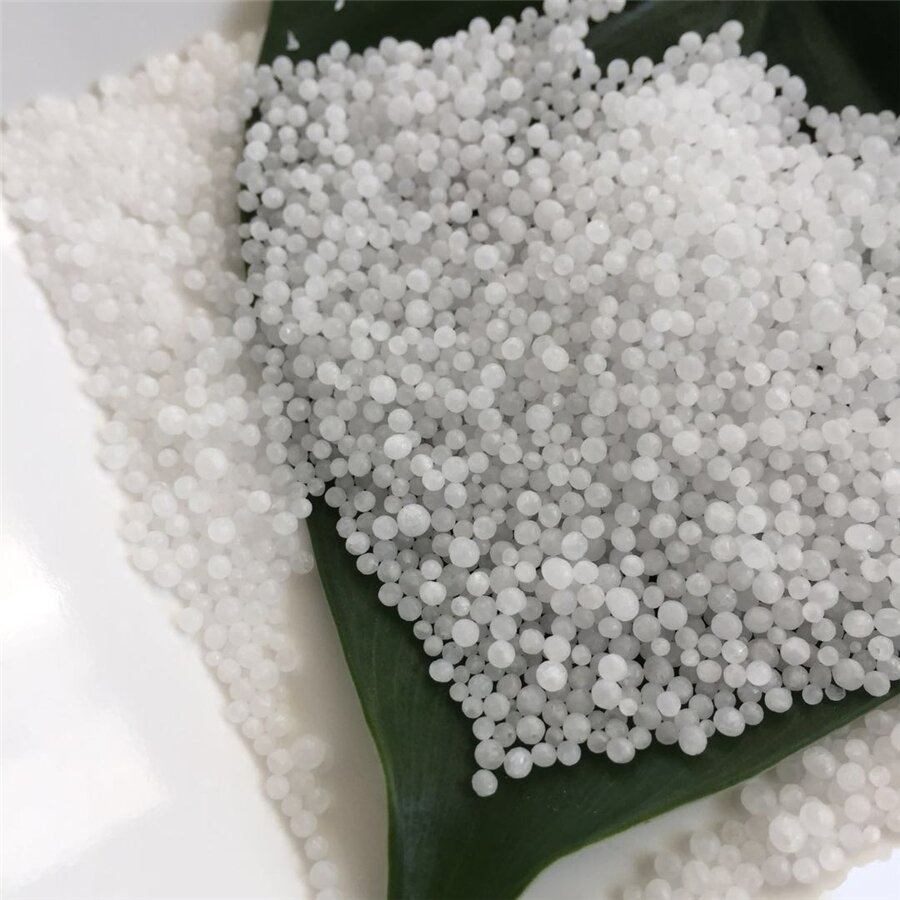
Urea fertilizer is a key support for modern agriculture, which can significantly increase global crop yields and is widely favored by farmers and experts due to its many advantages. It not only promotes the vigorous growth of crops, improves yield and quality, but also enhances farming efficiency and saves costs for farmers.
1.Definition of urea fertilizer
Urea is a white crystalline form with the chemical formula CO (NH ₂) ₂. It has good water solubility and a nitrogen content of 46%, making it one of the highest concentration nitrogen fertilizers. Nitrogen is a key element for plant growth, assisting in the development of leaves, stems, roots, and chlorophyll synthesis.

2.Five major advantages
(1)High nitrogen concentration to promote maximization of plant growth
The high nitrogen content of 46% is far more than most nitrogen fertilizers, and can provide plants with sufficient nitrogen:
• Promote the development of leaves, stems and roots, increase chlorophyll content, and enhance photosynthesis;
• Reducing the dosage can meet nitrogen demand, reduce costs and environmental impacts, and ultimately increase crop yields.
(2)Significant cost-effective
• Lower unit nitrogen costs and high concentrations reduce transportation and storage costs;
• Long-term use can improve soil fertility, increase crop yields, and increase farmers’ income.
(3)A wide range of suitable crops and growth conditions
• Suitable for field crops such as corn, soybeans, wheat, etc., and can also meet the nitrogen needs of economic crops such as fruits and vegetables;
• Strong adaptability to different soil types and pH values, and adapted to various planting environments.
(4)Flexible and diverse application methods
• It can be applied (suitable for large areas and needs to be evenly covered), sprayed on the foliar surface (fast nitrogen supplementation, suitable for critical growth periods or poor soil conditions), and applied with irrigation (fertilizer irrigation,precise and efficient, reducing waste).
Example of Fertilization Method
(5)Combined with rapid nutrient absorption and continuous release
• It is quickly absorbed by plants after soluble in soil moisture, helping to grow early;
• The transformation process achieves slow release of nitrogen, meets the needs of different growth stages of plants, and ensures sustained and healthy development.
3.Efficient use suggestions
•Timely application: Most crops are applied before or during sowing. Crops with long growth periods can be applied in batches, and the soil needs to be avoided.
•Adjust the dosage by crop: corn requires 150-200 lb/acre, wheat requires 100-150 lb/acre, soybean requires 0-50 lb/acre.
•Urea enzyme inhibitors: slow down the decomposition of urea into ammonia and reduce nitrogen volatility loss.
4. Environmental sustainability considerations
•Use protective tillage and cover crops to reduce nitrogen loss (runoff and leaching);
•Combined with precision agricultural technologies,precise application is reduced to reduce greenhouse gas emissions and balance yields with environmental protection.
